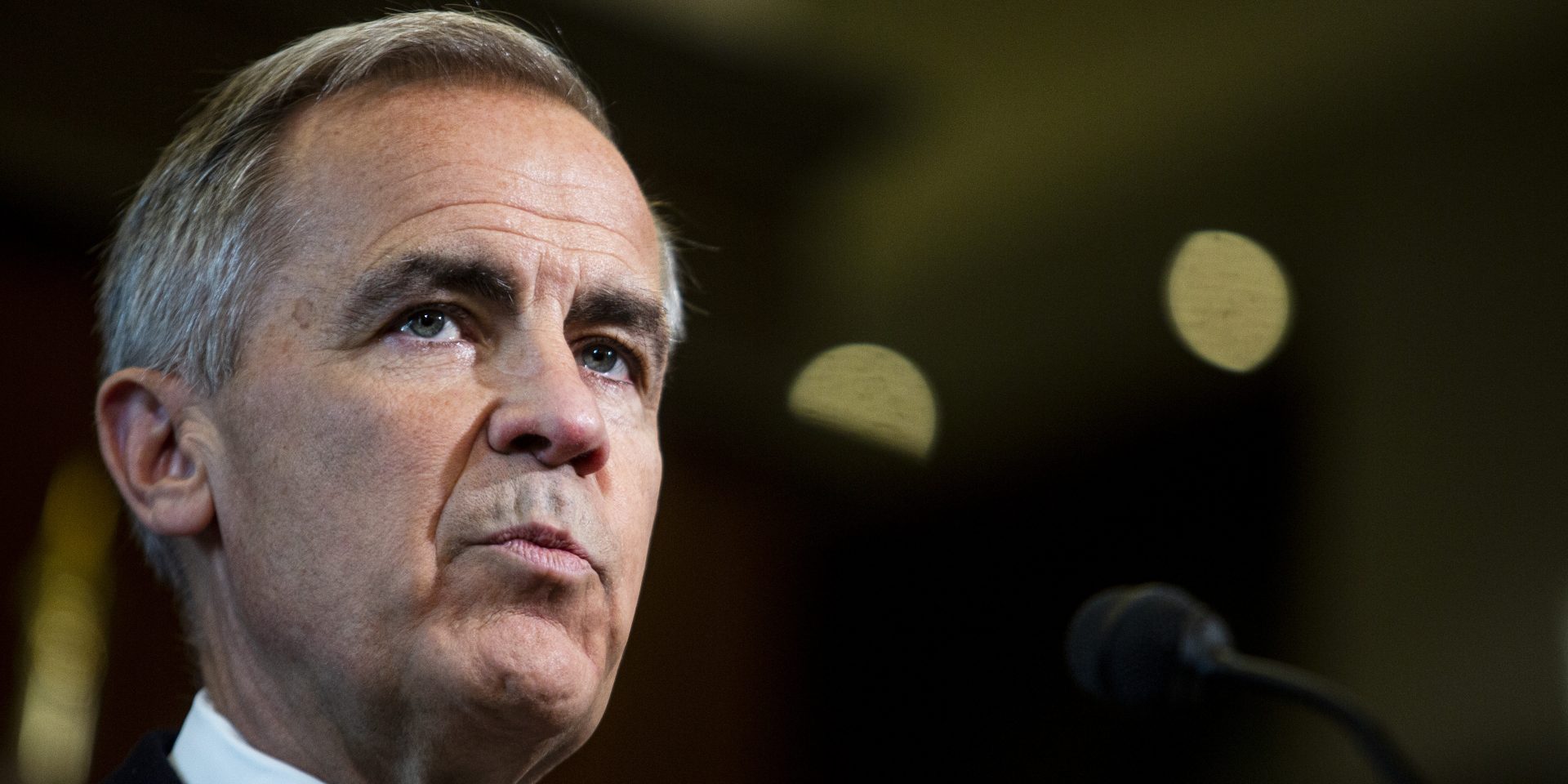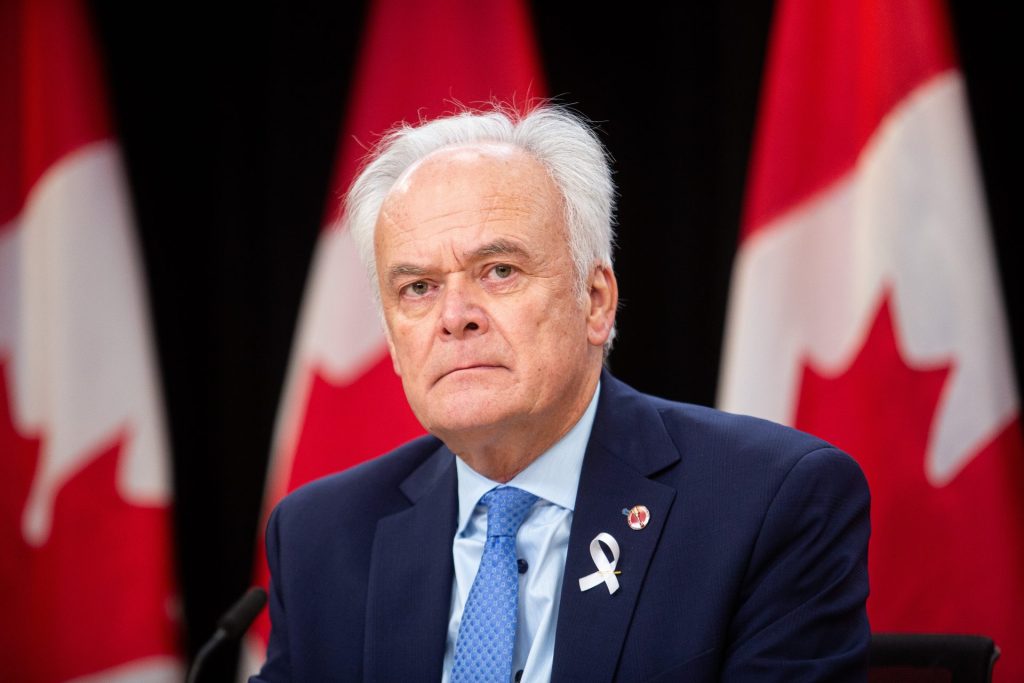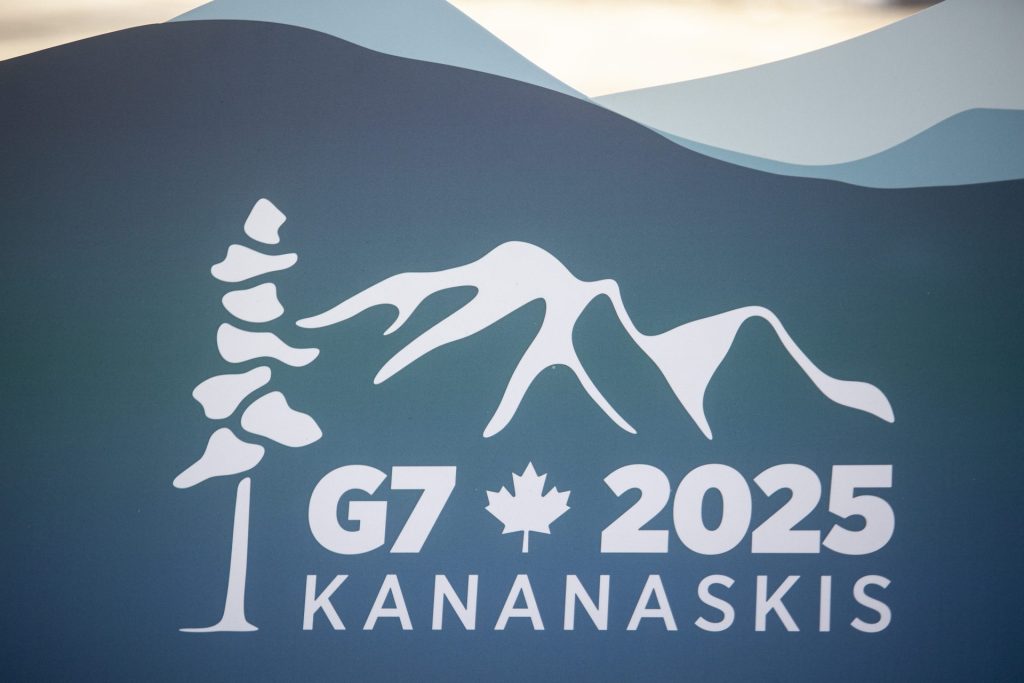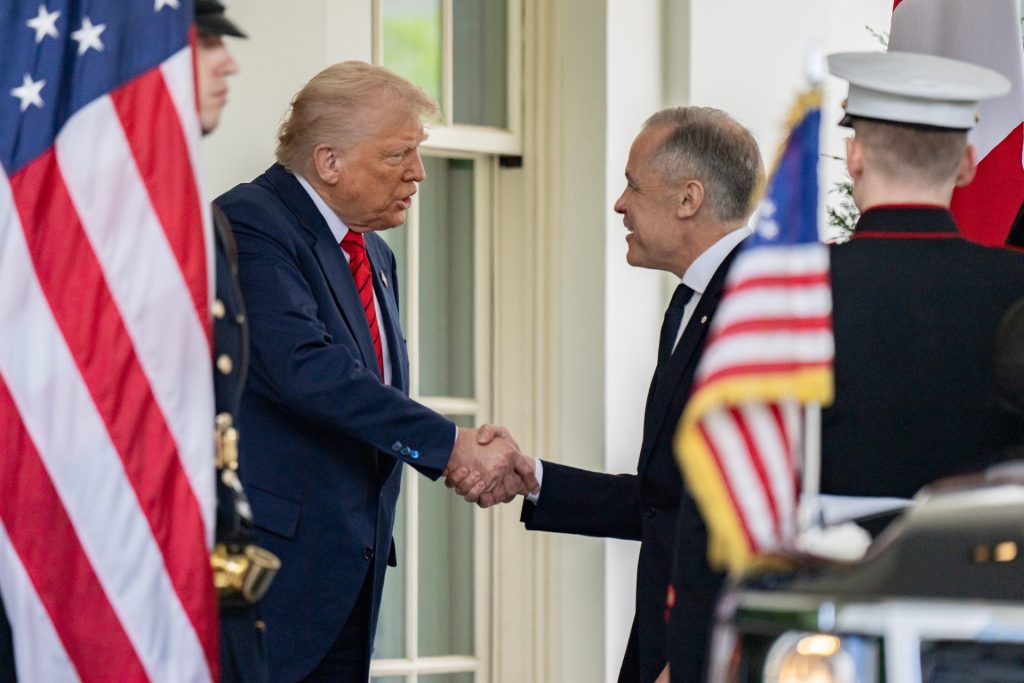‘These events are big challenges’: Carney faces tough road to G7 joint communiqué in Kananaksis

When United States President Donald Trump heads north of the border next week, Prime Minister Mark Carney will face a tough task getting to a consensus at the G7 summit with the unpredictable commander-in-chief.
The last time Canada hosted the Group of Seven in 2018 in Charlevoix, Que., personal turmoil between then-prime minister Justin Trudeau and Trump overshadowed the summit.
Now, Carney (Nepean, Ont.) will be charged with keeping the summit on track and doing so in his first as a world leader. For Trump, it will be his first multilateral meeting since returning to the Oval Office—his only other international jaunts have been to the Middle East in May, and to Italy and Vatican City in April for Pope Francis’ funeral.
The summit will take place in Kananaksis, Alta., from June 15-17. The small village nestled in the eastern side of the Rocky Mountains hosts once again 23 years after an important post-9/11 gathering in 2002.
Former Canadian ambassador Deanna Horton said the key to a successful summit will be managing Trump both at the meeting and afterwards.
“A key performance indicator for the summit will [be] getting something down that all leaders can agree upon that will also include the U.S.—and that will be a challenge,” said Horton, who was twice posted to Canada’s Embassy in Washington, D.C.
She said that Canada’s June 9 announcement to meet its NATO target of spending two per cent of GDP on defence by the end of the fiscal year puts the country in a better position for dealing with its G7 partners.
On June 7, Carney’s office laid out Canada’s three priority areas to “seek agreements and co-ordinated action” during the meeting: protecting our communities and the world, building energy security and accelerating the digital transition, and securing the partnerships of the future.

Former diplomat Colin Robertson, a senior adviser at the Canadian Global Affairs Institute, said that there are “low expectations” for the summit.
He said that there is no expectation that the gathered leaders will be able to agree to a joint communiqué by the end of the summit, with questions over whether Trump would be willing to sign onto one.
Joint communiqués were produced after the G7 Foreign Ministers’ Meeting in March, and following the Finance Ministers’ and Central Bank Governors’ Meeting in May.
Independent Senator Peter Boehm (Ontario), who was Canada’s G7 sherpa during the 2018 summit, said that not finalizing a joint communiqué wouldn’t be the worst-case scenario.
He said if complete consensus can’t be reached, there is little point in releasing a document with partial support.
“You’re just racing towards the lowest-common denominator if you don’t really convince anyone,” he said.
What could happen, Boehm said, is a chair statement—signed by the country that holds the presidency—as France did in 2019, instead of the joint communiqué.
“I don’t think not having a communiqué is somehow a measure of failure,” he said, suggesting that the G7 could release several separate declarations.
No matter what is agreed upon, it will likely be finalized at the last minute, Boehm said.
“If past practice follows through, there will be a few all-nighters before documents are released,” he said.
The lion’s share of the G7 effort is spearheaded by Canadian sherpa Cindy Termorshuizen.
Carney has highlighted security, energy and artificial intelligence, and “securing the partnerships of the future,” as his priorities for the summit.
‘Diplomatic speed dating’
Boehm said he anticipates an “initiative or two” to be launched at the summit filled with a slew of bilateral meetings.
He said that the event will offer Carney a good opportunity to demonstrate his leadership skills.
“There’s no secret that these events are big challenges,” he said. “The last one we hosted was like that, too.”
Citing his experience as a junior officer in the foreign ministry during the 1995 Halifax summit, Boehm said those challenges were the case long before Trump came on the scene.
“There’s going to be a lot of diplomatic speed dating—whether it is in the form of a formal sit-down bilateral meeting or just a more casual pull aside or bump-into type of meeting,” he said. “There’s lots going on, and, of course, we’re in the centre of it.”
Boehm said what makes this iteration of Canada’s presidency unique is the lack of preparation time available.
“Back in 2018—the last time we hosted—we had a lot more time to prepare and to plan,” he said.
Less than a week after Canada assumed the G7 presidency at the start of the year, Trudeau announced his intention to resign following the election of a new Liberal leader. Carney became prime minister on March 14, and by March 23, the government was under the caretaker convention as the election period began. On April 28, Carney was successfully elected, and swore in a shuffled cabinet on May 13.
“It has really compressed the negotiation period into a small time space,” Boehm said. “That can be challenging, [but] on the other hand it also concentrates the negotiators’ minds in terms of what they might want to achieve.”

The meeting will be Carney’s first leaders’ summit, but he has taken part in previous G7 gatherings as the governor of the Bank of Canada and the Bank of England.
Carney won’t be alone as a rookie around the G7 table as it will also be the first summit for more than half of the leaders, including German Chancellor Friedrich Merz, Japanese Prime Minister Shigeru Ishiba, and United Kingdom Prime Minister Keir Starmer. European Council President António Costa is also new on the scene.
The dean of the group is French President Emmanuel Macron, who will participate in his eighth leaders’ summit. The meeting will be Trump’s fourth, and Italian Prime Minister Giorgia Meloni is taking part in her third. It will be European Commission President Ursula von der Leyen’s fifth time attending.
The University of Toronto’s John Kirton, director of the G7 Research Group, said Carney comes to the summit with extensive international experience.
“His visit to the White House with Donald Trump gives him very recent experience and accumulating expertise,” he said.
He said a key to success at the summit will be to attach Trump to the end result.
“[Trump] will be at the centre of attention as he loves to be,” he said. “He loves claiming credit for any of the good things that happen.”
Kirton said the G7 leaders should let Trump take credit for a successful summit at Kananaksis.
“Make him know that if that claim on his part … is going to have any credibility, it’s going to have to be real. So, then he’s got to get his fellow leaders to agree on the stuff that he has genuinely led from the beginning of the second mandate.”
The Trump circus
Carlo Dade, director of international policy at the University of Calgary’s School of Public Policy, said the summit will be all about managing Trump, pointing to the histrionics in the Oval Office with South African President Cyril Ramaphosa and Ukrainian President Volodymyr Zelenskyy.
“At the time we need serious work on preserving rules-based trade or formulating the next evolution of rules-based trade, we are instead going to be dealing with Donald Trump and the circus that comes to town when he arrives,” he said.
The summit will be complicated by the other G7 leaders having to balance also dealing with Trump on trade and tariffs once they go home.
“How do you manage having to deal with a Donald Trump that can be an existential threat to your economy on one hand, and deal with serious issues [like] climate adaptation and mitigation, green energy, and other topics that have been standards on the G7 agenda, but are standards on Trump’s I’m-going-to-kill-that-tomorrow agenda,” he said.

Dade said the goal of the summit should be focused on not losing ground on shared priorities.
“No. 1, you want to avoid disaster. No. 2, maintain progress that the G7s leading up to this have built, and continue to establish momentum to the next leaders’ summit,” he said.
Ramaphosa and Zelenskyy are both guests at the Kananaksis summit, as well as Australian Prime Minister Anthony Albanese, Brazilian President Luiz Inácio Lula da Silva, Indian Prime Minister Narendra Modi, Indonesian President Prabowo Subianto, Mexican President Claudia Sheinbaum, and South Korean President Lee Jae-myung. Saudi Crown Prince Mohammed bin Salman has also reportedly been invited.
Some of the invitations, including the one extended to Modi, have been met with anger in Canada due to allegations of the Indian government’s involvement with extrajudicial killing in Canada.
Boehm said that the Indian leader has been a consistent guest of the G7, coming to every summit since 2019. He also said that he thinks it is important to have a good mix between the G20 and the G7, applauding the invitation of Ramaphosa, who currently holds the president of the Group of Twenty.
nmoss@hilltimes.com
The Hill Times






 LICENSING
LICENSING PODCAST
PODCAST ALERTS
ALERTS













